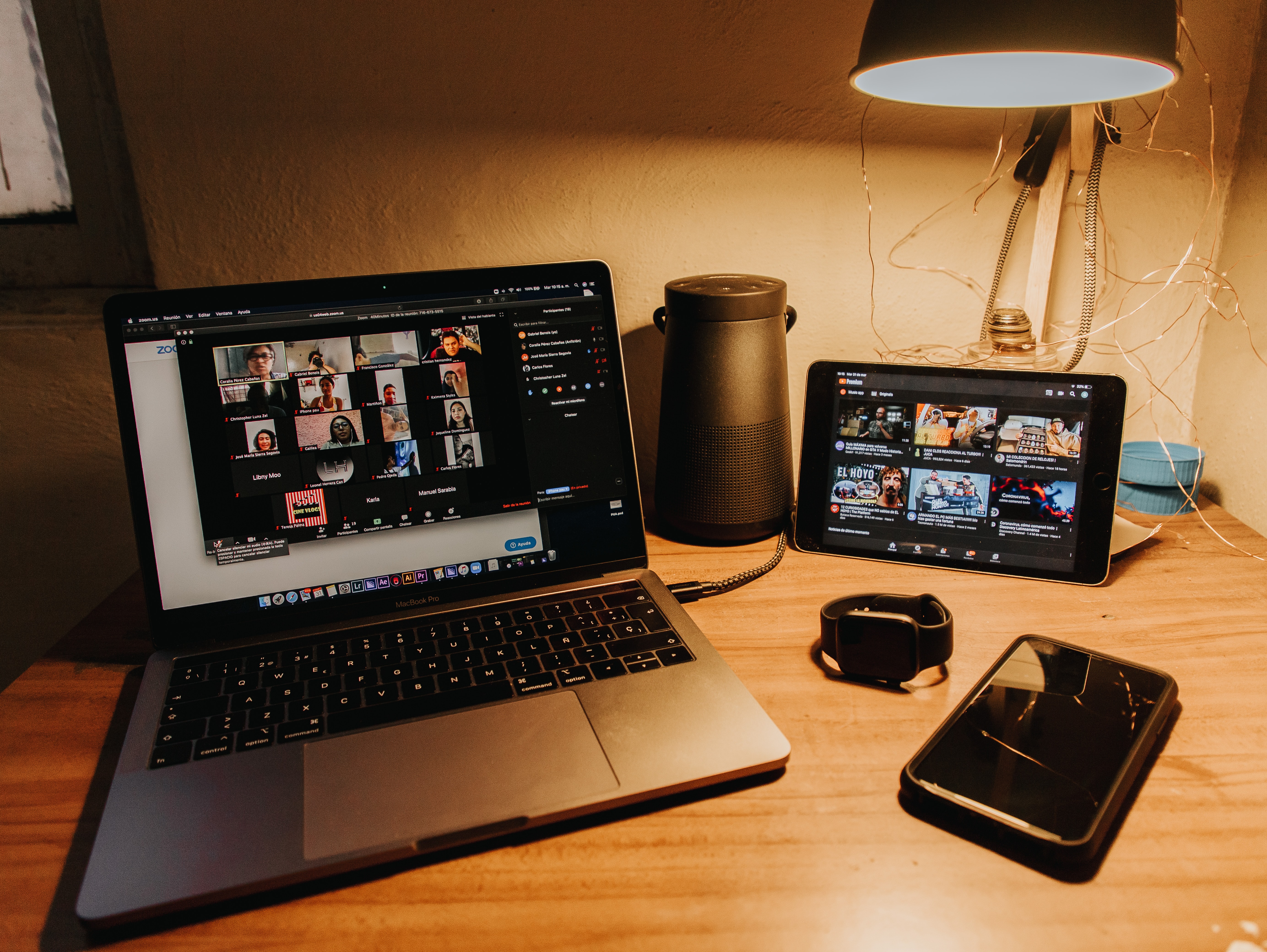Before the Event
Choosing a meeting platform
Zoom is the most widely used platform for digital meetings at WashU, but others, such as Microsoft Teams, are also used. To sign in or schedule a meeting, go to the WashU instance of Zoom.
Zoom Accessibility Resources
- Zoom accessibility features
- Zoom keyboard shortcuts (OS and PC)
Microsoft Teams Accessibility Resources
- Teams accessibility features
- Teams keyboard shortcuts (OS and PC)
When scheduling your meeting, make sure that you offer different format options for participants. Both Zoom and Teams also offer the option to attend meetings via a conference phone number by telephone.
Meeting RSVP
If you are including an RSVP form with your event invitation, ensure that the form is accessible to all users, including those who are accessing it from a mobile device. Make sure your form fields are clearly labeled and that any required fields are clearly marked.
Presentation materials
If you are sharing slides, documents, other visual content, please make sure any online materials are accessible. If at all possible, share the materials in advance so participants have more control over their access to the information instead of only having the large group experience since it may not be accessible to them.
Save the chat
You can set the chat to save either to your computer or the Zoom Cloud either manually or automatically. If you save the chat locally to your computer, it will save any chats that you can see, both those sent directly to you and those sent to everyone in the meeting or webinar. If you save the chat to the cloud, it will only save chats that were sent to everyone and messages sent while you were cloud recording.
